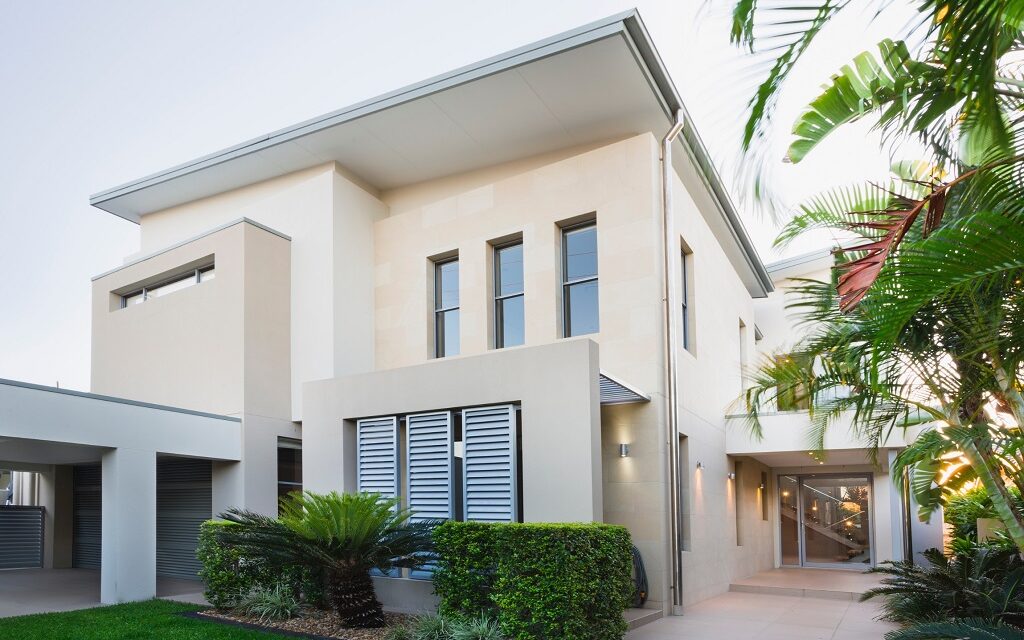Updated: March 7, 2023
Home warranties can be a valuable asset when protecting your home, but they can also be tricky and frustrating when trying to make a valid claim.
Before signing up for a home warranty plan, it’s important to read the fine print so you know what is and isn’t covered and for what you, the homeowner, are responsible. Some policies have exclusions that might not cover all of the appliances and systems in your home, while others may have higher deductibles.
Make sure you know what’s covered and what’s not before you sign up for a policy.
Here are some of the most important things to look for when considering a home warranty plan.
5 Things to Look for in the Fine Print of a Home Warranty Plan
- Costs: Premiums and Deductibles/Service Fees
- Coverage
- Exclusions
- Coverage Cost Limits
- Waiting Periods
Also see:
Costs: Premiums and Deductibles/Service Fees
While the plan’s cost isn’t in fine print, it’s still important to understand the underlying details which are located in the fine print.
Every plan has two main costs:
- The Premium
- The Deductible (also called Service Fees or Trade Call Fees)
The Premium is either a monthly or annual cost, while the Deductible is paid every time a claim is made and a technician comes to the house.
The amount of the premium and deductible will vary depending on the provider and the level of coverage:
- Typically, the basic premium cost ranges between $300 and $600 yearly, or $25 to $50 a month.
- Service fees are generally between $50 and $100.
Coverage
Different home warranty companies offer different coverage levels, so it’s important to ensure that the company you choose covers everything important to you.

Even if the home inspection went well before you bought the home, it’s still possible for appliances or systems to fail soon after your purchase.
Most plans include coverage for heating and air conditioning systems, plumbing, electrical systems, water heaters, and major appliances, such as dishwashers and ovens. Some may even have separate plans for systems and appliances.
In most cases, there will be add-ons if there are additional items you want to be covered, like pools or spas. Other add-ons might include roofs, septic systems, and windows.
Exclusions
It’s also important to know what’s excluded from each home warranty plan. Otherwise, you may end up paying out-of-pocket for repairs or replacements that you thought would be covered.

Common exclusions to look for pertain to the following criteria:
- Damages Due to Negligence
- Normal Wear and Tear
- Pre-Existing Conditions
- Cosmetic Damages
- Routine Maintenance
For example, most home warranty plans exclude coverage for damages caused by negligence or normal wear and tear. Plus, many companies exclude pre-existing conditions, so if something in your home was already broken or not working properly before you bought your plan, it likely wouldn’t be covered.
Additionally, many companies exclude cosmetic damages (e.g. scratches, dents, etc.), so if you’re looking for coverage for those kinds of repairs or replacements, you’ll need to find a company that specifically includes them. They may also exclude coverage for routine maintenance, such as changing air filters or cleaning gutters.
Coverage Cost Limits
Most home warranty policies have a coverage cost limit, which is the maximum amount the policy will pay for repairs.
This limit demonstrates the main conflict of interest between homeowners and warranty providers, as providers want to keep costs low, while homeowners seek higher-cost, higher-quality services, replacement parts and appliances.
Coverage limits can vary depending on the type of policy and the company from whom it is purchased. For example, some companies may limit coverage to $500 per item, while others may cover up to $5,000 per item.
Providers may even have different limits for different appliances, and some companies could have an aggregate limit for the total amount of your claims.
Waiting Periods
When you purchase a home warranty plan, be sure to ask about the waiting period. This is the time frame during which the home warranty company will not cover any repairs or replacements after you sign up.

Typically, the waiting period is 30 days, but it can vary depending on the company and your plan type.
If you experience any problems with your home during the waiting period, you will be responsible for paying for the repairs or replacements yourself. As a result, it’s important to be aware of the waiting period before you have any problems with your home, so that you can budget accordingly.
Be Sure to Do Your Research
A home warranty plan can be a great way to protect yourself from unexpected repair and replacement costs down the road. When shopping for a home warranty, it’s important to read the fine print, so you know what is and isn’t covered by your plan.

Make sure that you also understand the terms and conditions of your home warranty before signing on the dotted line. With a little research, you can find a home warranty plan that meets your needs and gives you peace of mind.
Whether or whenever you choose a warranty plan, we also recommend creating and consistently adding to a home maintenance savings fund that will provide an additional financial cushion to weather any unsuspecting repair needs you may encounter.

As part of your home warranty research process, we also recommend considering companies that offer recurring home maintenance service plans.
Additional Home Warranty & Maintenance Articles
- How to Spot a Home Warranty Scam
- Why You Need a Fix-It Game Plan for Your Newly Purchased Home
- Why Prescriptive Maintenance is the Cure for Homeowner Headaches
- Virtual Home & Appliance Repair
- How to Live in a World of Fake Reviews
- Your Rights to Post Negative But Truthful Reviews Online
- How to Choose a Qualified & Trustworthy Contractor
- How to Hire a Handyman Safely, Wisely & Virtually
- How to Increase Your Chances of Hiring a Good Contractor
- Signs of a Bad Contractor Before You Sign a Contract
| Purgula is reader-supported. When you click on links to other sites from our website, we may earn affiliate commissions, at no cost to you. If you find our content to be helpful, this is an easy way for you to support our mission. Thanks! Learn more. |







